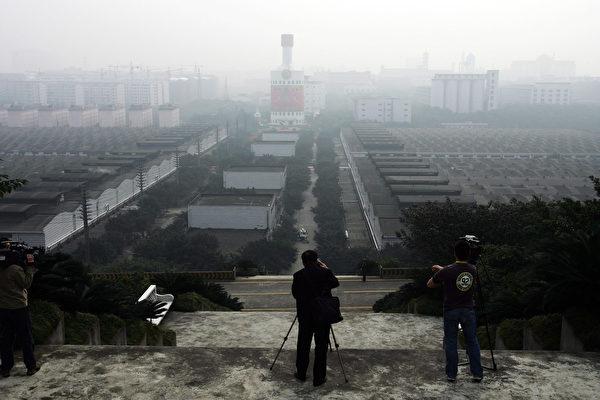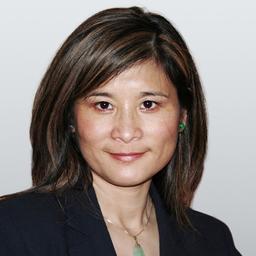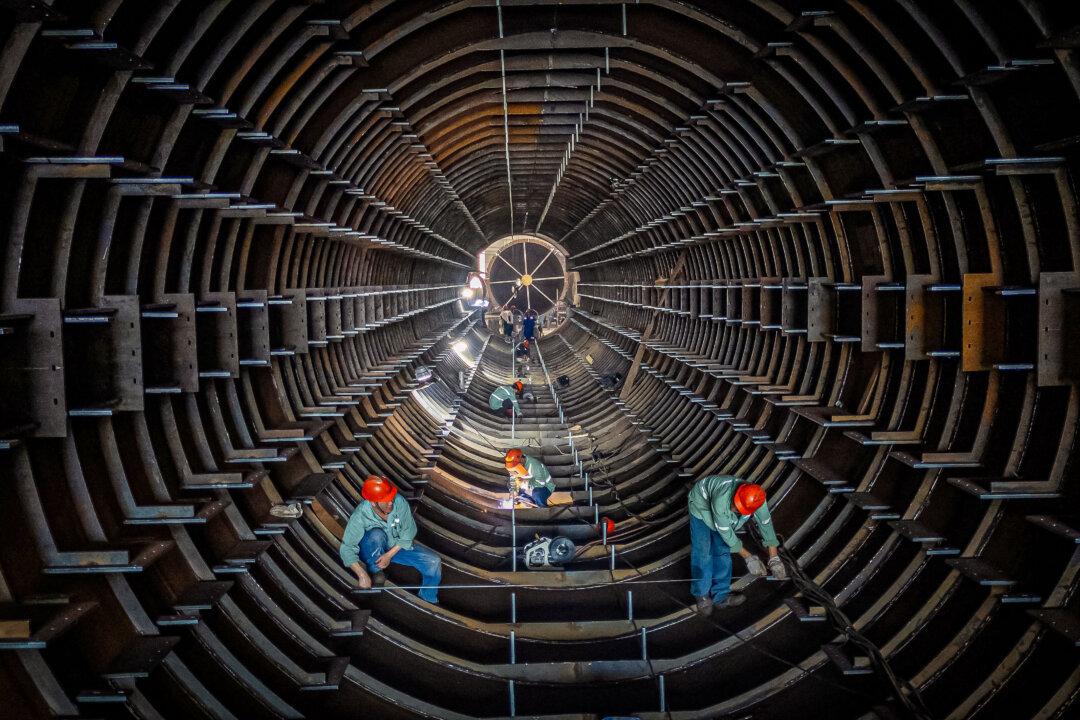News Analysis
Xi Jinping, the paramount leader of the Chinese Communist Party (CCP), has coined numerous new terms since taking office, with “new productive forces” being one of his latest. This term has garnered significant attention during the recent CCP Two Sessions, triggering propaganda and educational campaigns throughout China. However, a critical analysis suggests that Xi’s ambition to overcome China’s economic challenges through comprehensive industrial upgrades is fundamentally unrealistic and is likely to result in yet another manifestation of corruption within the CCP officials, leading to failure.





